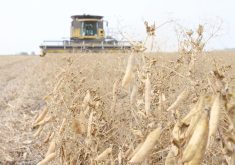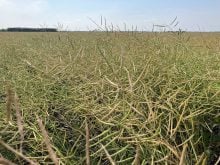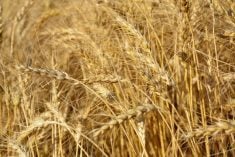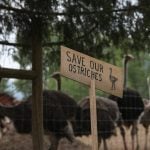Elk and bison producers can increase their newborns’ chances for survival by feeding them bovine colostrum, researchers say.
Colostrum, the first milk produced by the mother, contains immunoglobulins, which are resistant to infectious agents to which the mother has been exposed.
“We know some producers are using the colostrum product off-label in farmed elk and bison,” said Debbie Haines, a professor of veterinary medicine at the University of Saskatchewan.
“In those animals I think there is a definite benefit if there is none or little of the mother’s own (colostrum) available.”
Read Also
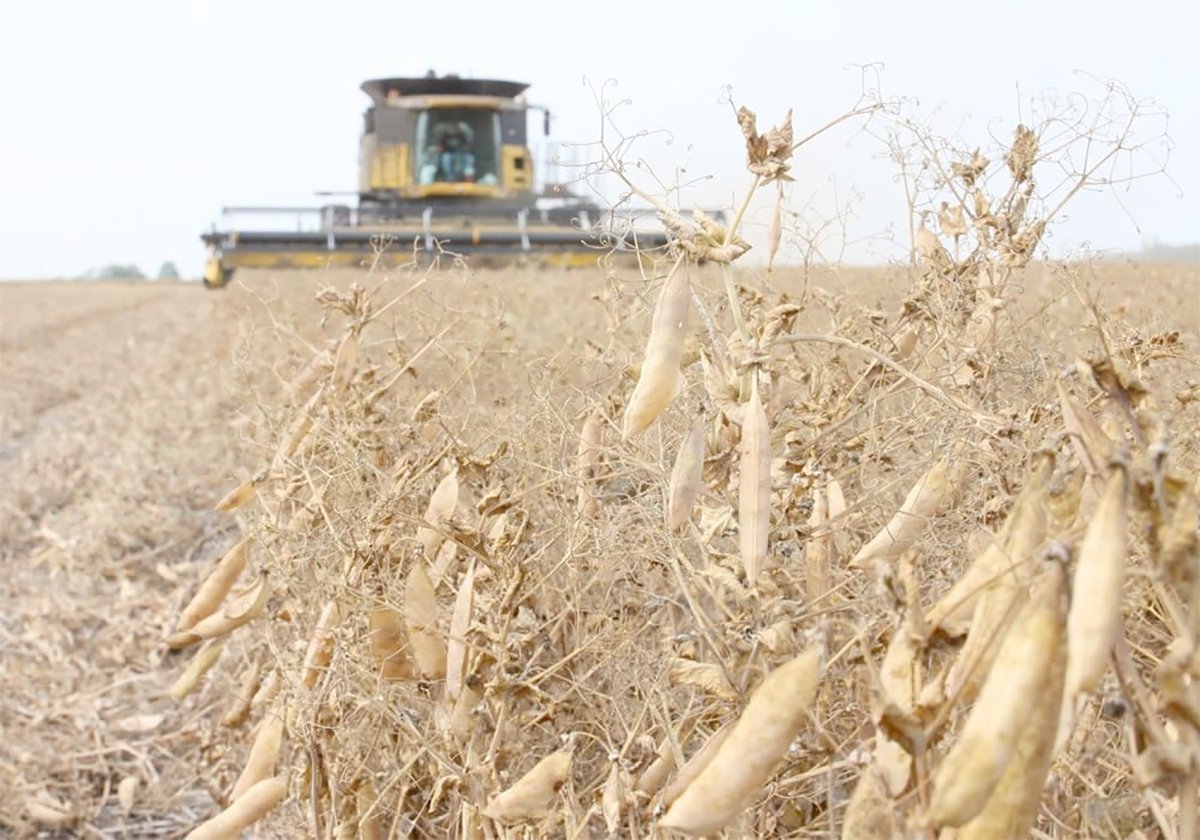
Chinese, Indian tariffs take toll on pea prices
The disruption of pea exports from Canada’s largest customers will likely result in slow pea exports for the remainder of the crop year.
Haines is one of the creators of Saskatoon Colostrum Company, which makes Head Start, a spray-dried colostrum product made from surplus dairy supplies.
Limited studies into the effect of bovine colostrum on bison have shown positive results, Haines said.
Testing has not occurred on animals such as elk or farmed deer. While U of S researchers doubt the product will work in deer and llamas, they say there are some indications the product is effective in elk.
“We can’t afford to do comparative tests on some of these animals because of the high cost of the livestock,” Haines said. “You can’t be comparing the effect on animals that cost $10,000 each.”
Various situations
There are several ways colostrum can be used in bison and elk farming.
A problem with many farmed game animals is that they abandon weaker offspring from a multiple birth.
“Given colostrum, these additional young can be just as viable as the ones on the mother,” said Jerry Cholach, an Alberta animal nutritionist and promoter of colostrum products.
Peter Haase, of Olds, Alta., saw one of his bison cows deliver a rare set of triplets this spring.
One of them became separated from the mother and wasn’t immediately found.
The two siblings got mother’s milk and bovine colostrum from the start, but the missing calf didn’t get colostrum until more than 12 hours after birth.
Even once it was back with its mother, the calf was smaller than its siblings and unable to compete well at the mother’s udder.
Yet all survived and Haase believes the bovine colostrum had a lot to do with it.
“They wouldn’t have survived the month. Initially, it’s absolutely essential. The mother’s instinct is to have one calf.”
In multiple births, Haase likes to give an additional litre of colostrum in the first 12 hours of life and another litre in the next 12 hours.
Murray Woodbury, from the U of S’s Western College of Veterinary Medicine, said in some cases when deer require assistance in birthing, they may not accept the calves due to odor or the close presence of humans.
“In those cases colostrum is invaluable,” Woodbury said. “With the high values placed on each of these animals, it is important to make each one survive.”
Deer farmers usually remove female calves from the does immediately after birth and feed them by hand to make them easier to handle later. This makes milk replacers necessary and some farmers believe colostrum can be effective.
“Colostrum is an excellent food source,” Haines said.
“I don’t think most animals will benefit from the immunoglobulins after 12 to 18 hours. They absorb the most in the first six hours.”
According to the University of Wisconsin, average bovine colostrum contains 10 times more vitamin A than normal milk, three times the vitamin D, 10 to 17 times the iron, higher levels of CA, P, MG, CI and lower K as well as higher levels of oligosaccharides and other fats.
“It is a great, rich food and will support any mammal, but that is not what it is intended for,” Haines said.
“It is more like a good rich milk shake. All milk contains some antibodies.”
She said she would not suggest the product for deer, alpaca and llamas unless no mother’s colostrum is available.
“Then any colostrum is better than none, I suppose.”


